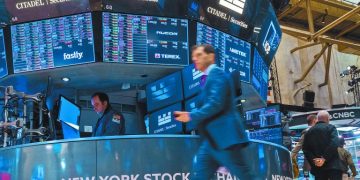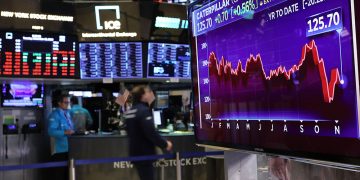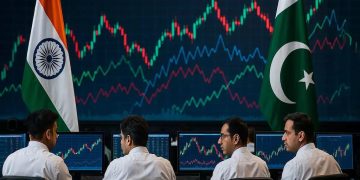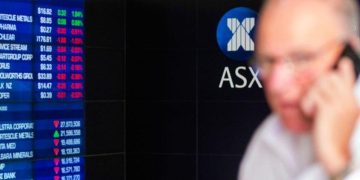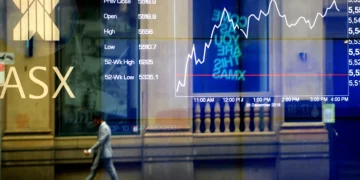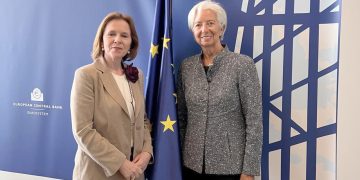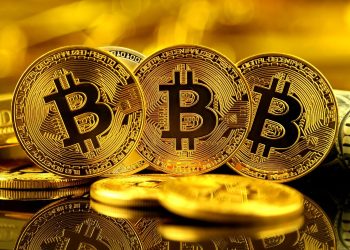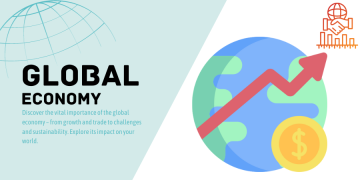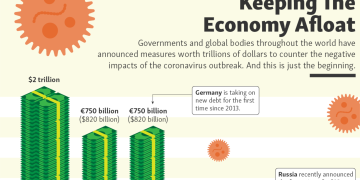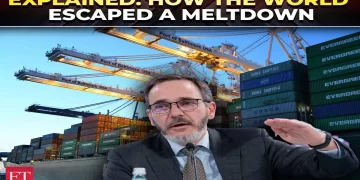The US dollar has long been the world’s dominant currency, serving as the global reserve currency and a key player in international trade and finance. From oil transactions to foreign exchange reserves, the dollar’s strength has provided stability to the global financial system. However, the dollar’s supremacy is now being tested in ways not seen before, as global shifts in economic policies and geopolitical landscapes challenge its status. As emerging economies push for alternatives and established powers like China and the European Union take steps to reduce their dependence on the greenback, the future of the dollar’s dominance is up for debate. In this article, we will explore the current state of the US dollar, examine the global shifts that are influencing its position, and assess the future prospects of the dollar amidst these challenges.
Introduction: The US Dollar’s Dominance in Global Finance and the Pressures it Faces
The US dollar’s rise to global dominance has been nothing short of remarkable. Following World War II, the dollar solidified its role as the world’s primary reserve currency through the Bretton Woods Agreement, which pegged many currencies to the dollar and set up the US currency as the central anchor for international finance. The dollar’s dominance has been further reinforced by its role in commodities trading, foreign exchange reserves, and global banking systems.
The currency’s strength is rooted in a few key factors: the size and stability of the US economy, the breadth and depth of the US financial markets, and the relative liquidity and safety of US assets. In essence, the US dollar has served as a pillar of global economic stability.
Yet, the dollar is not impervious to the shifting tides of global economic policy. Over recent years, its strength has been challenged by both external and internal factors. Emerging economies, in particular, have sought ways to reduce their dependence on the dollar, while established economies like the European Union and China are actively promoting alternatives to the greenback in international transactions. As the US faces its own set of economic challenges, the question arises: Can the dollar maintain its strength in the face of global shifts?
Current State of the Dollar: Why It Remains Strong Despite Challenges
Despite increasing pressures from global competitors, the US dollar remains remarkably strong. Several factors contribute to the dollar’s continued dominance:
The US Economy’s Resilience and Size
The United States remains the world’s largest economy, which is one of the primary reasons for the dollar’s continued strength. With a GDP exceeding $25 trillion, the size and stability of the US economy provide an anchor for global trade. This massive economic base generates the demand necessary to keep the dollar in widespread circulation. The relative stability of the US financial system and its robust institutions further contribute to the dollar’s appeal. Investors see US assets, particularly Treasury securities, as safe havens during times of uncertainty, which provides ongoing demand for the dollar.
The Liquidity of US Financial Markets
The liquidity of US financial markets is another major factor keeping the dollar strong. The US capital markets are the largest and most liquid in the world, with trillions of dollars in daily trading activity. This depth of market activity makes the dollar an attractive option for investors, central banks, and corporations worldwide. The ability to quickly buy and sell assets denominated in dollars without major price fluctuations creates confidence in the dollar’s utility.
Global Trade and Commodities Pricing
The dollar’s role in global trade is another critical factor in its strength. The greenback is the dominant currency in commodities markets, with oil, gold, and other key commodities priced in dollars. This pricing system ensures continued demand for the dollar, especially in the oil market, where the phenomenon known as the “petrodollar” has helped maintain dollar demand across borders. Even countries that are pursuing alternatives to the dollar for international trade still find it difficult to avoid the greenback in commodity transactions.
Central Bank Reserves
The US dollar remains the world’s most widely held reserve currency. According to the International Monetary Fund (IMF), over 59% of global foreign exchange reserves are held in dollars. This high percentage is largely driven by the fact that many central banks prefer to hold dollar-denominated assets due to the liquidity and stability they provide. While central banks in some emerging markets have sought to diversify their foreign exchange reserves into other currencies, such as the euro or the Chinese yuan, the dollar continues to dominate the global reserve currency market.
Global Trust in the US Financial System
Trust in the US financial system remains high, despite occasional political turmoil or economic disruptions. The Federal Reserve, as the central bank of the US, has earned a reputation for being a reliable and transparent institution. Additionally, the US government’s ability to service its debt and manage fiscal policy, despite the country’s high debt levels, continues to give global investors confidence in the long-term stability of the US dollar.
Global Shifts: How Economic Moves by China, the EU, and Others are Impacting the Dollar’s Role
While the dollar remains strong, emerging economies and global powers like China and the European Union are taking steps to reduce their reliance on it. These economic shifts could ultimately challenge the dollar’s dominance in the future.
China’s Push for the Renminbi
China has long sought to internationalize the renminbi (RMB) and reduce its dependence on the US dollar in global trade. In recent years, China has made significant strides in this direction. The country’s Belt and Road Initiative (BRI), for example, encourages countries in Asia, Africa, and Europe to conduct trade and finance projects using the Chinese currency instead of the dollar. China’s efforts to create financial institutions like the Asian Infrastructure Investment Bank (AIIB) and the Shanghai Cooperation Organization (SCO) further reinforce the country’s push for a more prominent role in global finance.
Additionally, China has actively promoted the use of the renminbi in global energy markets, including oil, as evidenced by the launch of the Shanghai International Energy Exchange, which allows oil contracts to be settled in RMB. The People’s Bank of China has also signed currency swap agreements with various countries, enabling them to use RMB for bilateral trade instead of the dollar. These efforts have positioned the renminbi as a legitimate alternative to the dollar, although it still faces significant barriers, such as capital controls and the need for greater market liquidity.
The European Union’s Euro Strategy
The European Union has also explored ways to reduce its reliance on the dollar. The euro, as the second most widely held reserve currency, is often touted as an alternative to the dollar. However, despite the euro’s considerable market share, it has yet to unseat the dollar as the dominant global reserve currency. The EU has attempted to encourage the use of the euro in international trade agreements, including energy transactions, particularly with Russia and other non-EU countries. The creation of the INSTEX payment system, designed to bypass US sanctions and facilitate trade between European countries and Iran, is a notable example of this effort.
Despite these initiatives, the euro’s role in global trade remains limited compared to the dollar. The EU faces internal economic and political challenges, which have hindered the euro’s widespread use outside of Europe. Still, as global economic trends shift, the EU may increasingly position the euro as a viable alternative to the dollar, especially if tensions between the US and Europe continue to grow.
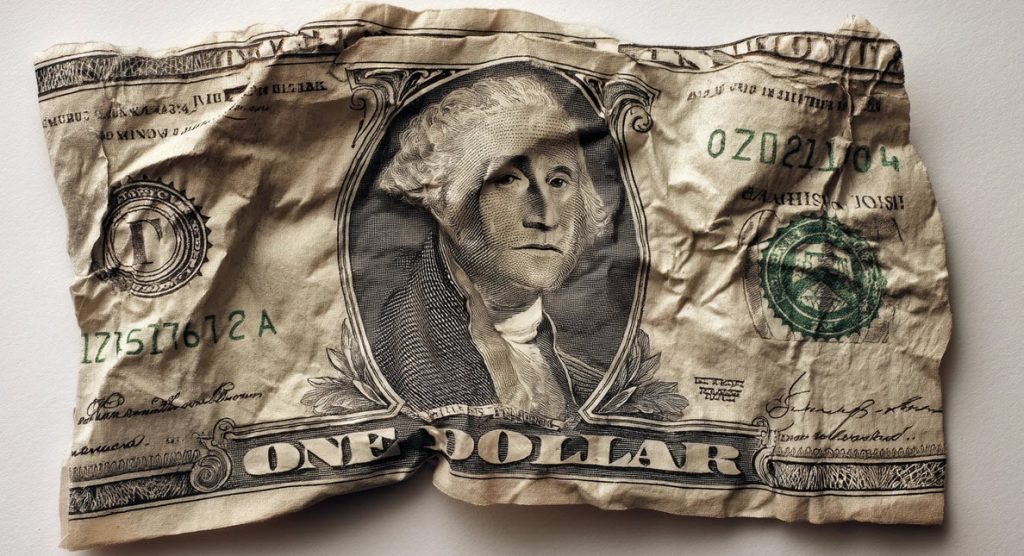
The Rise of Digital Currencies
Another challenge to the US dollar’s dominance comes from the rise of digital currencies, both from private companies and central banks. Cryptocurrencies like Bitcoin, Ethereum, and others have garnered significant attention as alternative forms of money. While these currencies remain volatile and face regulatory challenges, their rise signals a potential shift away from traditional fiat currencies.
Central bank digital currencies (CBDCs), such as China’s digital yuan, are another factor contributing to the diversification of global monetary systems. CBDCs offer the potential to bypass the US dollar in international transactions, as they can be used directly in cross-border payments without relying on traditional banking systems. If CBDCs gain widespread adoption, they could reduce the demand for the dollar in global trade.
The Future of Dollar Dominance: Predictions and Challenges for the Greenback’s Future
Looking ahead, the US dollar will likely remain a dominant force in the global economy for the foreseeable future. However, its position is increasingly being challenged by a combination of geopolitical, economic, and technological shifts. The question remains: can the dollar retain its preeminent role, or is its dominance on borrowed time?
Challenges to Dollar Dominance
Several factors could threaten the dollar’s dominance in the coming years. A key challenge is the increasing push for alternatives from countries like China and Russia, which are keen to reduce their exposure to the US financial system. As global trade patterns shift and new financial technologies emerge, the dollar may lose its position as the undisputed global currency.
Additionally, US political instability and domestic economic challenges could undermine confidence in the dollar. Prolonged inflation, rising debt levels, or fiscal mismanagement could diminish the appeal of dollar-denominated assets, particularly if investors perceive the US economy as less stable.
Opportunities for the Dollar
Despite these challenges, the dollar remains firmly entrenched in the global financial system. The sheer size of the US economy, the depth of its financial markets, and the trust in US institutions are factors that will continue to support the dollar’s dominance. Furthermore, the US dollar remains the most widely used currency in global trade and finance, and there are no clear alternatives capable of replacing it in the short term.
The Dollar’s Future: A Changing Role?
While the US dollar’s dominance may eventually wane, it is unlikely to disappear entirely in the foreseeable future. Instead, the dollar may face increased competition from other currencies, particularly the euro and the renminbi. The future of the dollar could involve a more multipolar global financial system, where multiple currencies coexist in a more balanced way.
Conclusion
The US dollar has long been a pillar of the global financial system, but its dominance is increasingly being challenged by emerging economies and global shifts in economic power. While the dollar remains strong today due to factors such as the size of the US economy, the liquidity of its financial markets, and its role in global trade, it faces significant competition from alternative currencies like the renminbi and the euro. The rise of digital currencies and the development of central bank digital currencies also pose potential risks to the dollar’s supremacy. However, despite these challenges, the dollar is likely to retain its dominant role for the foreseeable future, although its role may evolve in a changing global economic landscape.


